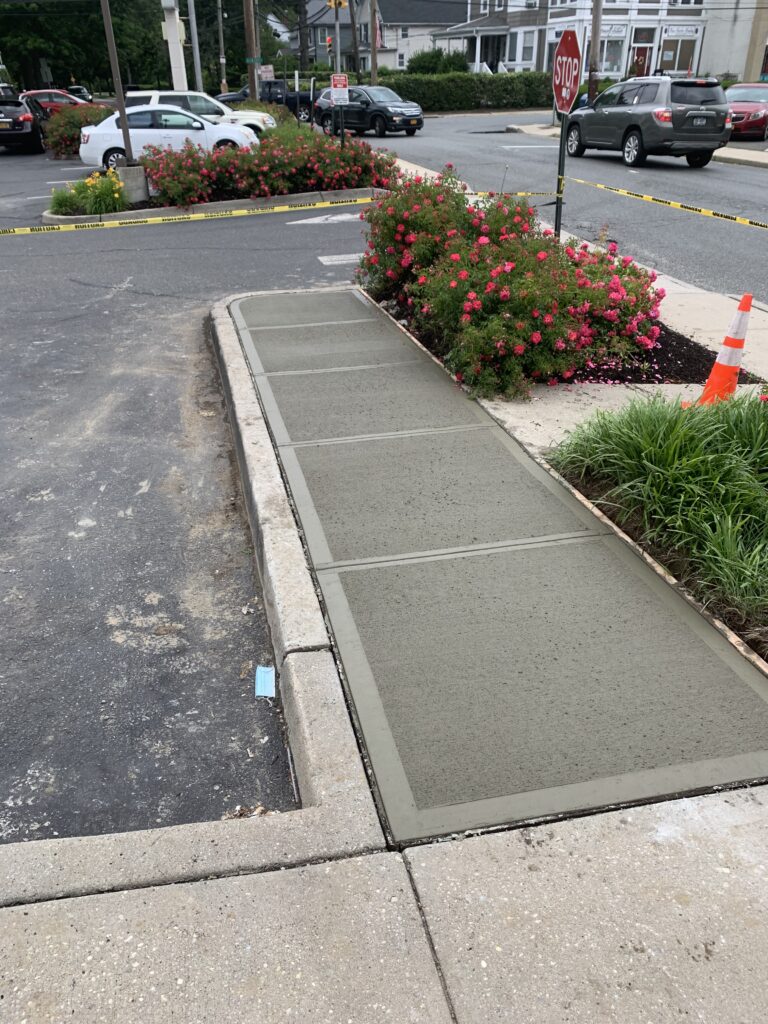
For centuries, concrete has been known as a long-lasting, strong material, and its reputation is justified. However, the ability to accurately test the strength of concrete is a relatively recent development. Concrete mixes can vary widely, so it is important to design a mix that will have the proper strength for the project. The most-accepted method of measuring the strength of concrete is to measure its compressive strength in pounds per square inch, which is abbreviated at psi. The compressive strength of concrete refers to its ability to bear up under loads that compress the concrete. Tests to measure the compressive strength are typically performed seven days after pouring and repeated at 28 days. However, compressive strength is only one measurement; the other two are tensile strength and flexural strength, and they are also expressed in psi. The acceptable psi ranges depend on the type of project for which the concrete is being used.
What Is the Tensile Strength of Concrete?
Tensile strength refers to the concrete’s ability to resist cracking or breaking under tension. Cracks typically occur if the concrete’s tensile strength is less than the tensile forces exerted on the concrete. Concrete structures that will be subjected to tensile stress are normally reinforced with steel or other materials possessing high tensile strengths.
What Is the Flexural Strength of Concrete?
The flexural strength of concrete refers to the ability of an unreinforced concrete beam or slab to resist bending. Depending on the mix, the flexural strength is typically between 10% and 15% of the concrete’s compressive strength.
What Are Acceptable Ranges for the Compressive Strength of Concrete?
The appropriate psi depends on the project, and structures constructed in cold climates typically require a psi that greater than the ranges listed below.
• Patios and other projects with low stresses typically use concrete with a psi of at least 2,500 to 3,000.
• Concrete slabs on grade and footings normally need a minimum of 3,500 to 5,000 psi.
• Suspended beams, girders, and slabs used for bridges and similar constructions usually require concrete with a psi between 3,500 and 5,000, and other factors may necessitate a greater compressive strength.
• Traditional concrete columns and walls frequently use concrete ranging between 3,000 and 5,000 psi.
• When used for pavements, concrete needs to be at least 4,000 to 5,000 psi.
What Is a Concrete Mix?
A concrete mix contains cement, gravel, sand, water, and air. The quantity of each ingredient affects the compressive strength. Nominal mixes, which are typically used for small projects, can range from 725 psi to 3,625 psi. Design mixes use an assortment of laboratory tests to determine the proper proportion of the ingredients, and they are normally used for large projects with high strength requirements. Design mixes range between 4,350 and 10,150 psi.
If You Have Questions, We Have the Answers
We are Royal Pavement Solutions, and we have the expertise to help you solve your paving challenges. We offer concrete work, asphalt paving, parking lot maintenance, asphalt repairs, site work, sealcoating, asphalt milling, and more. We are known for going above and beyond to ensure that our customers receive the best results and the best service possible. We offer free quotes, so request yours today by either submitting the online form or calling 844-777-7924.

